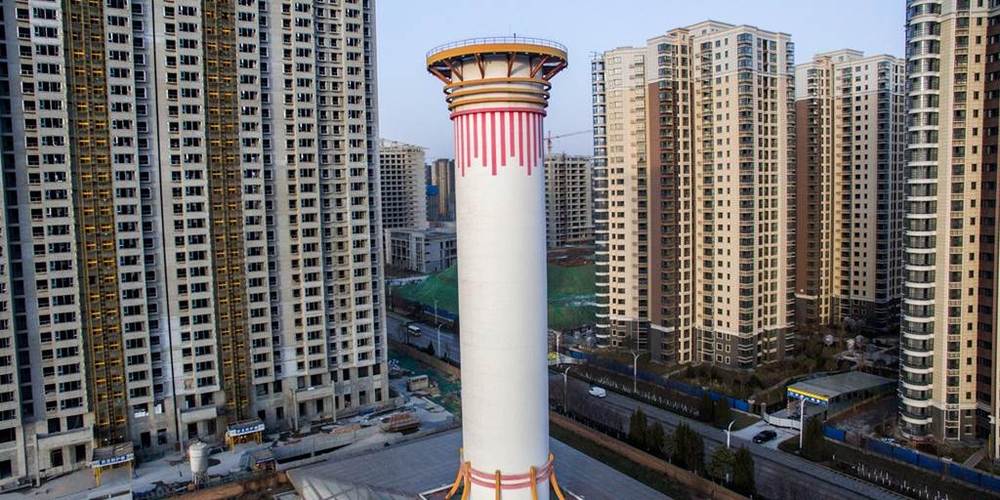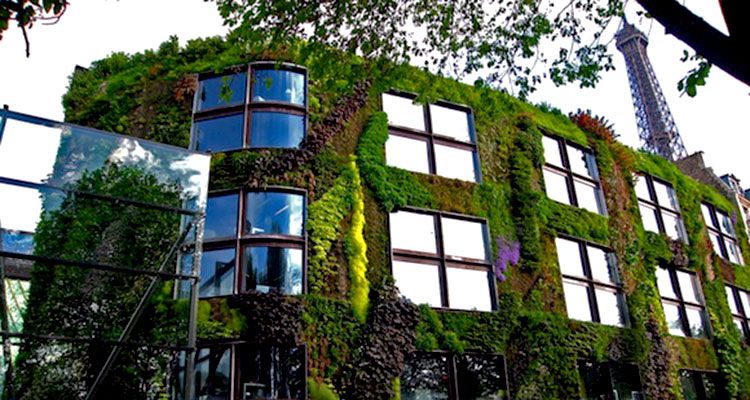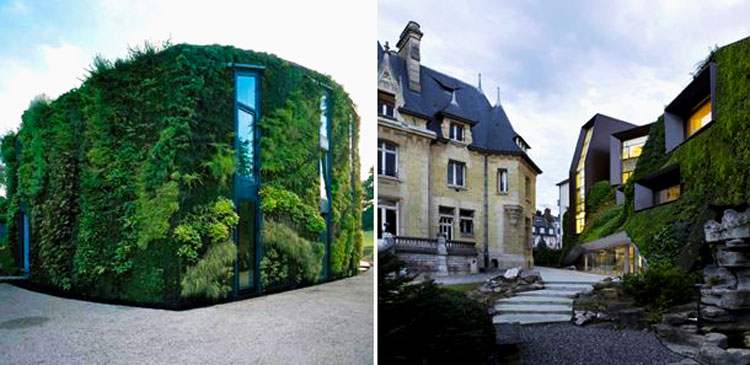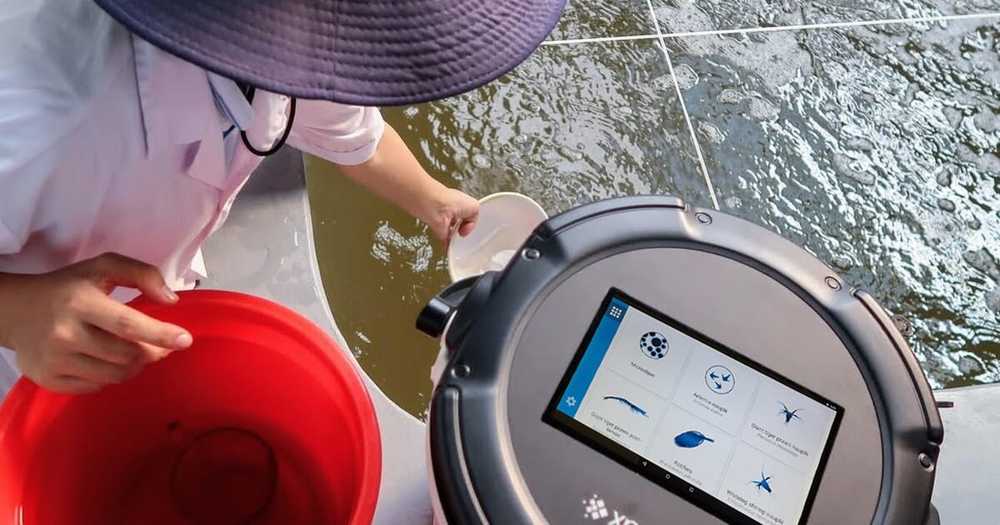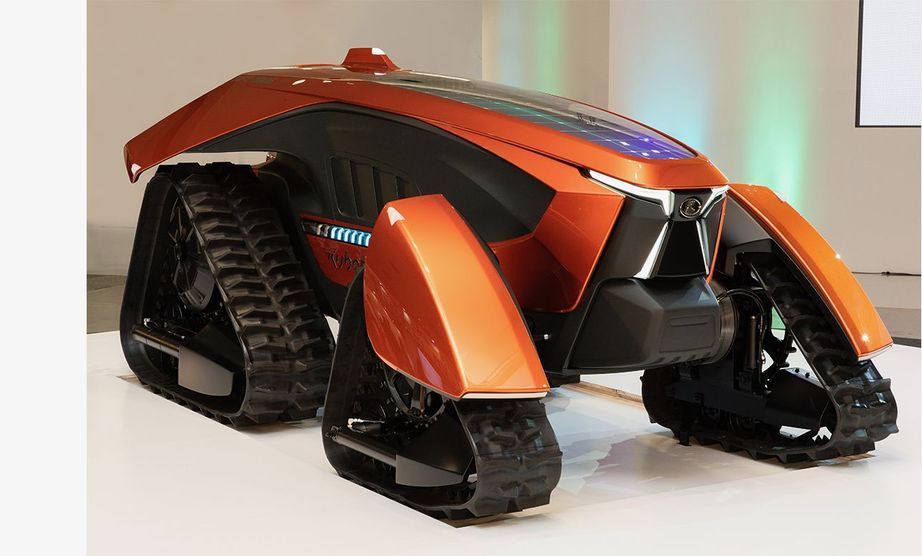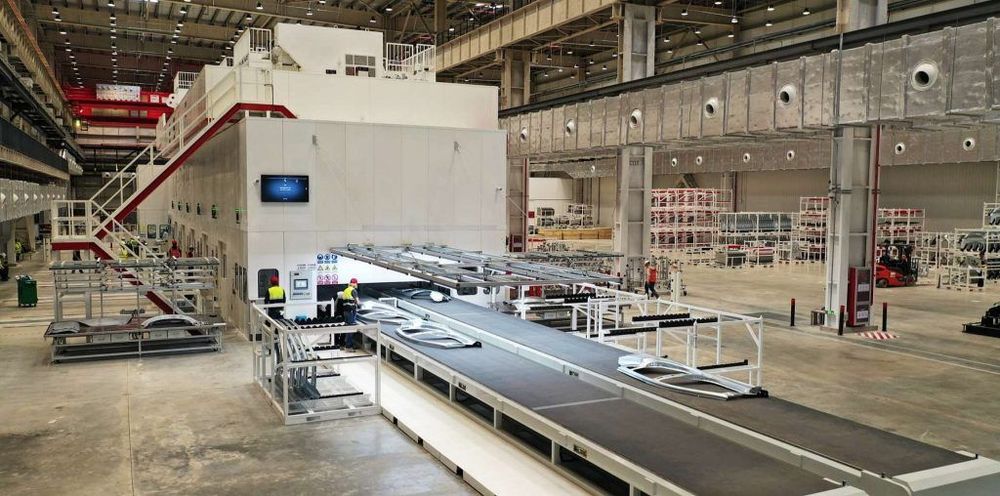Circa 2018
It may look like just another giant smokestack, but a 200-foot tower in the central Chinese city of Xi’an was built to pull deadly pollutants from the air rather than add more. And preliminary research shows the tower — which some are calling the world’s largest air purifier — has cut air pollution significantly across a broad swath of the surrounding area.
Given those findings, the researchers behind the project say they hope to build an even taller air-purifying tower in Xi’an, and possibly in other cities around China.
“I like to tell my students that we don’t need to be medical doctors to save lives,” said Dr. David Pui, a professor of mechanical engineering at the University of Minnesota and one of the researchers. “If we can just reduce the air pollution in major metropolitan areas by 20 percent, for example, we can save tens of thousands of lives each year.”
